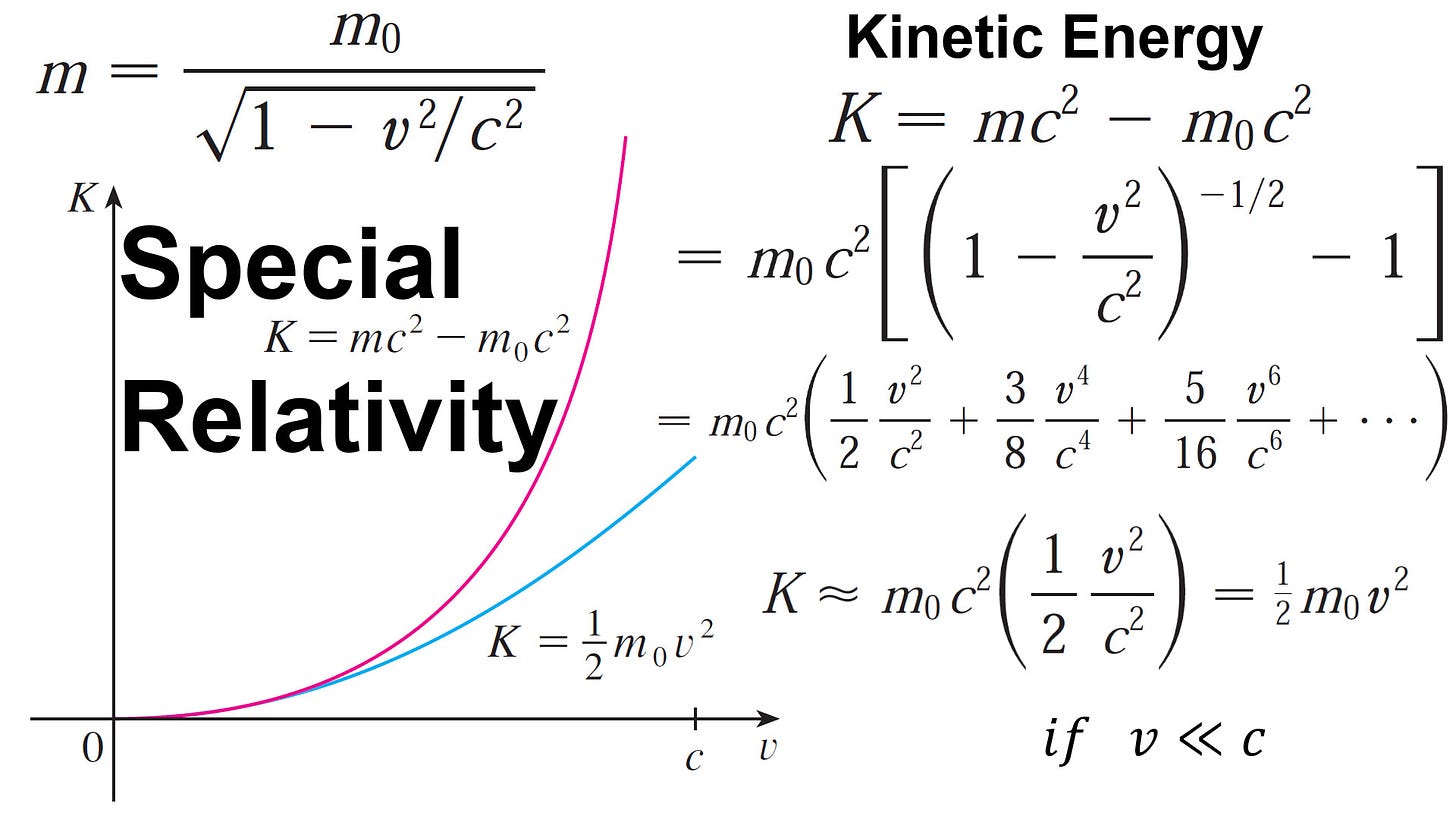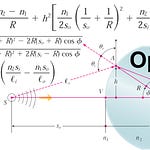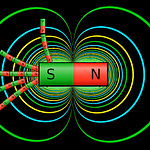Watch on YouTube - Video notes - Full video and playlist - Infinite Sequences and Series playlist
In this video I approximate Albert Einstein's kinetic energy equation from his theory of special relativity and show that at low velocities the equation agrees with the classical Newtonian equation K = (1/2)mv^2. In special relativity, the mass of a moving object is a function of its velocity and the speed of light in a vacuum, with the property that the mass goes to infinity as the velocity approaches the speed of light. The kinetic energy is the difference between its total energy (E = mc^2) and its energy at rest (m_o·c^2 where m_o is the rest mass). Plugging in the realistic mass into the kinetic energy equation we obtain an equation which can be approximated with the Maclaurin binomial series. When the velocity is much less than the speed of light, then the equation simplifies into the classical kinetic energy equation. I show that the error for this approximation is extremely small when the velocity is less than 100 m / s or 223.7 miles / hour (mph). This is a great illustration of using Taylor polynomials in a physics to gain insight into the equations.
Timestamps:
Applications to Physics: 0:00
Example 3: Einstein's theory of special relativity: 0:33
Solution to (a): At small velocities Kinetic Energy equation agrees with classical Newtonian physics: 1:53
Approximate kinetic energy as a Maclaurin binomial series: 3:33
Plugging binomial series into kinetic energy equation: 10:42
At low velocities, can use just first term, which matches classical theory: 14:12
Solution to (b): Using Taylor's Inequality to calculate difference between classical theory and relativity: 15:49
Solving the 2nd derivative of kinetic energy: 18:01
Value of M or 2nd derivative when velocity is less than 100 m/s: 21:31
Plugging in speed of light to get absolute maximum remainder: 23:26
Remainder is less than: 4.17x10^(-10) times rest mass: 25:54
Graphing kinetic energy in special relativity vs classical theory: 27:45
Graphing in Desmos graphing calculator: https://www.desmos.com/calculator/qhskha70eg: 28:10
Mass goes to infinity as velocity gets closer to speed of light: https://www.desmos.com/calculator/0limsnshiy: 29:22





















Example 3: Einstein's Theory of Special Relativity vs. Classical Theory for Kinetic Energy